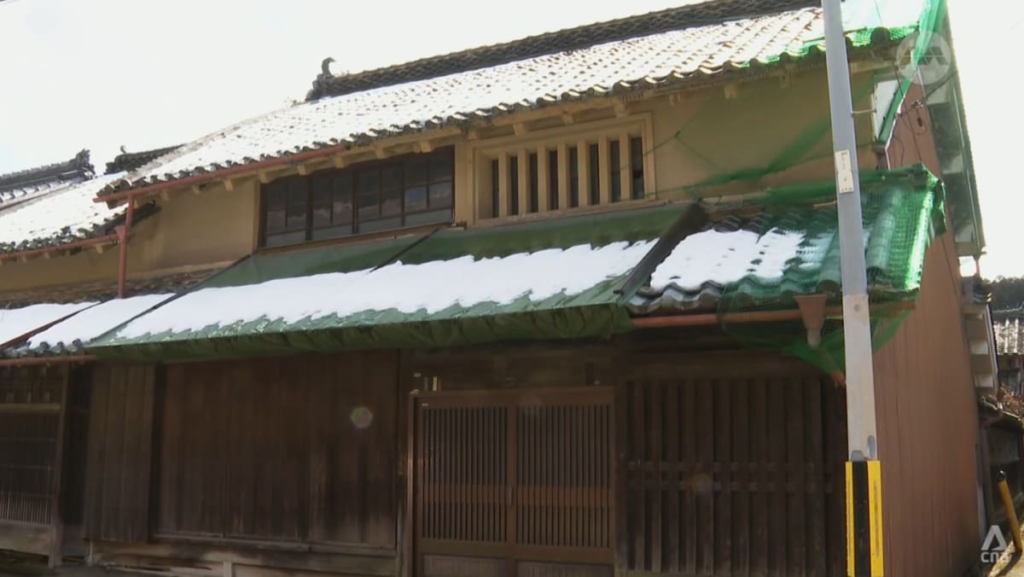Some experts predict the number of akiya across Japan will more than double to 23 million, or one in three houses, by 2038.
Most akiya are not in living condition before renovation, with the worst at risk of collapse.
These empty homes are either “very old”, or have been left to “become a garbage dump” when they could not find a buyer, Misaki said.
AKIYA A CHALLENGE FOR TOWN REJUVENATION
The latest figures show that Uda has about 1,000 akiya, 300 more than five years ago.
The local government is looking at how these neglected homes can attract residents as part of its rejuvenation strategy.
The city hands out as much as 2 million yen (US$14,000) as business grants for akiya renovation.
“If it’s dilapidated and impossible (to renovate), we label it as (a) risk akiya. When the central government declares a risk akiya, the local administration is supposed to demolish it,” said Uda’s city policy promotion chief Takahito Suzuki.
Suzuki added that the government has not set any regulations on reusing akiya.
Some towns like Uda are buying up akiya and renovating these abandoned properties to accommodate residents for short-term stays or creating akiya banks.
Properties for sale by city councils or private operators are listed on such banks to facilitate transactions.
ATTRACTING BUYERS FROM ABROARD
Cheap akiya listed for sale also draw buyers from abroad.
Pictures on a real estate listing led French photographer Coline Emilie Aguirre to uproot her life and move to sleepy Uda.
She is now among the 380 foreigners living in Uda.
Aguirre bought an akiya for US$33,000, roughly half the price of a new home in the area.
https://www.channelnewsasia.com/east-asia/japan-abandoned-homes-akiya-rural-revitalisation-ageing-5058866


